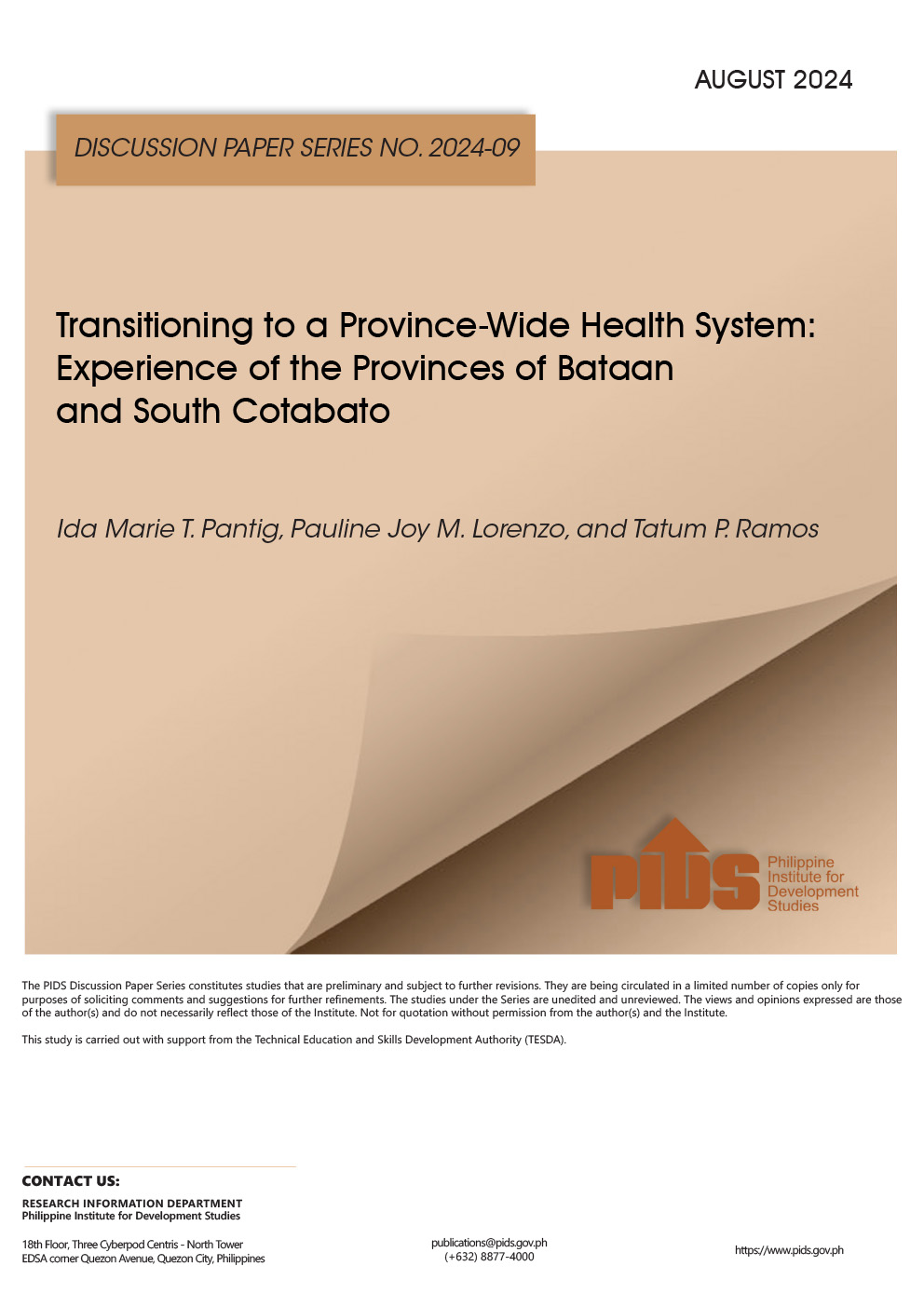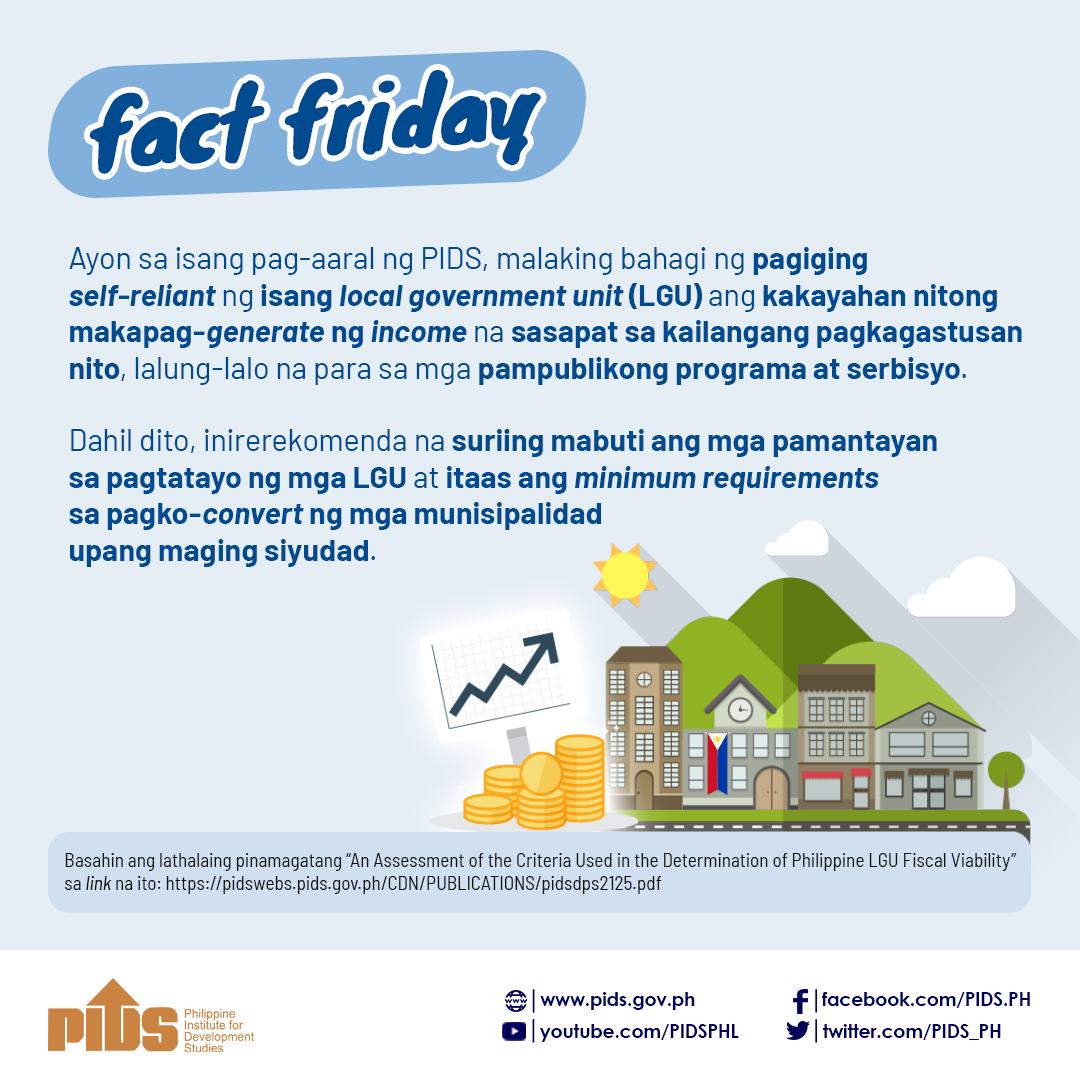PRESIDENT Ferdinand R. Marcos Jr. should revitalize and strengthen the government’s Inter-Agency Task Force against Zero Hunger (IATF-ZH) to improve the country’s fight in ending hunger and malnutrition, an expert said.
Roehlano M. Briones, senior research fellow at the Philippine Institute of Development Studies (PIDS), argued that the IATF-ZH was a “good” Executive Order (EO) and a step in the right direction in addressing hunger and malnutrition woes.
However, Briones warned that the recent abolition of the Office of the Cabinet Secretary (OCS), which chairs the IATF-ZH, sends a wrong policy message.
“What message are you sending? It is a huge mistake to abolish the OCS [which affected the IATF-ZH],” he told the BusinessMirror.
Marcos’s first Executive Order was to abolish the Presidential Anti-Corruption Commission together with the OCS. Marcos argued that the action was aimed at achieving “simplicity, economy, and efficiency in bureaucracy without affecting disruptions in internal management and general governance.”
Under EO 1, the secretariat of the OCS would be absorbed by the Presidential Management Staff.
That decision affected the operations of the IATF-ZH, since it was chaired by the Cabinet Secretary, Briones said. The IATF-ZH was formed by virtue of EO 101 series of 2020 issued by then President Rodrigo Duterte.
Reconvene IATF-ZH
Briones proposed that Marcos reconvene the IATF-ZH under his administration as an oversight to the government’s anti-hunger and malnutrition programs.
He recalled that the IATF-ZH’s goals were sidetracked after its creation since the government had to focus on addressing the health and economic impact of the Covid-19 pandemic.
The IATF-ZH was formed in January 2020, a few weeks before the entire country came to a halt due to quarantine measures brought about by the Covid-19 pandemic.
The IATF-ZH was the chief implementor of the government’s National Food Policy (NFP), a blueprint aimed at ending hunger and malnutrition.
“Let it convene first and start its work towards achieving SDG 2. Its work should be results-based and aimed at improving the hunger and malnutrition situation of the country for the next eight years,” Briones said.
Briones said the Marcos administration should set a long-term target for hunger, as 2030, the year of the achievement of sustainable development goals (SDGs), draws closer.
“The target by 2030 should be as close to zero as possible. Let’s say we target 5 percent to 10 percent from 2022 to 2030,” he said. The SDG 2 targets a worldwide zero hunger by 2030.
Food Security and Nutrition Council
Briones also proposed that Marcos consider transforming the current National Nutrition Council (NNC) into a Food Security and Nutrition Council (FSNC), with the President serving as its chairperson.
Marcos’s concurrent capacity as agriculture secretary suits well his chairing of the FSNC, which envisions an integrated and strengthened coordination of food security and nutrition-related government programs.
“That is being done in Indonesia—their FSNC is chaired by the President. The direct chairing by the President informs the whole Cabinet that food security and ending hunger and malnutrition are the top priority of the executive branch,” he said.
“Marcos, as the agriculture secretary, has the opportunity to create honest-to-goodness convergence among government agencies. With his political capital, he can defy public opinion,” he added.
The formation of the FSNC was first floated in a 2017 World Food Programme study conducted by Brain Trust Inc., led by Briones together with Ella Antonio, Cielito Habito, Emma Porio, and Danilo Songco.
“Elevate and strengthen the NNC into a FSNC to highlight the multi-dimensionality of the hunger and malnutrition problem, and the need for integrated approaches,” the WFP study read.
The WFP noted that “global best practices” showed that FSNCs are chaired by the head of the government (President or Prime Minister).
Correspondingly, the WFP study also proposed that the Philippine Plan of Action for Nutrition (PPAN) be expanded and renamed into the Philippine Plan of Action for Food Security and Nutrition (PPAFSN).
“If you are targeting 5 percent stunting among Filipino children then the government must identify what programs from today until next year are needed and how much would they cost,” he said.
“The PPAN falls short. It is not integrated with food security concerns. Inefficient production leads to high food costs which is a major driver of nutrition insecurity,” he added.








